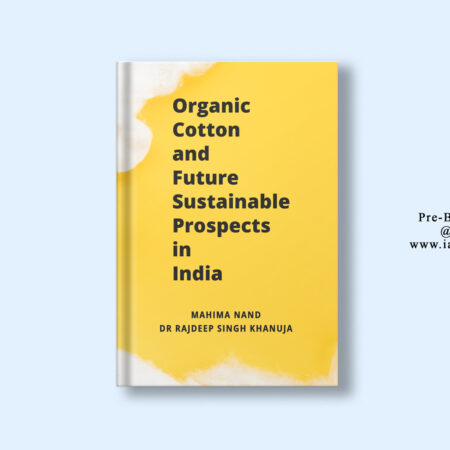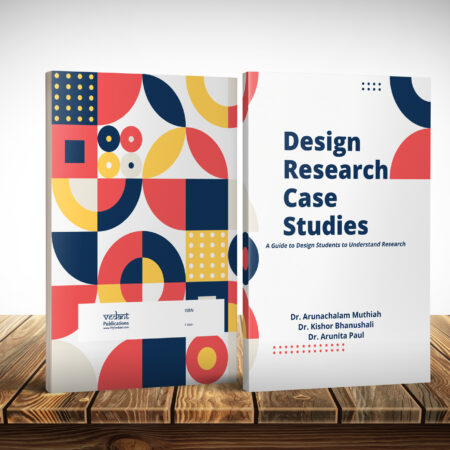Description
Preface
The relationship between industrialization and the human experience has proven to be a rich field of study in the large field of literature. This research compares and contrasts Charles Dickens’ Hard Times and Kamala Markandaya’s Nectar in a Sieve, two very different yet powerfully evocative pieces that explore the many facets of industrialization. Thoughtful tales that deftly weave together the complexities of social transition brought about by the unrelenting march of industrial development are offered by both authors, despite their separation in time and cultural environment.
This book sets out to uncover the comparable stories of Markandaya’s rural India and Dickens’ Victorian England, examining how these disparate locales function as moving canvases to illustrate the effects of industrialization on the lives of common people. We want to draw attention to the common human experiences and the distinctive solutions to the problems brought on by the quickening pace of industrial growth via a thorough comparative study.
These two literary classics placed side by side offer an engaging framework for comprehending the complex aspects of industrialization. Markandaya’s moving account of rural people struggling with the intrusion of technology resonates with Dickens’ scathing depiction of utilitarianism and the dehumanizing effects of automation. When taken as a whole, these pieces encourage readers to reflect on the universal themes of social upheaval, human resilience, and the ongoing quest for identity in the face of drastic change.
In “The Reflection of Industrialization in Charles Dickens’ Hard Times and Kamala Markandaya’s Nectar in a Sieve – A Comparative Study,” readers are encouraged to interact with the intricacies of these classic stories. We seek to promote a deeper understanding of the enormous influence that social revolutions have on the human spirit by exploring the lives of characters navigating the stormy seas of industrial growth.
In addition to shedding light on the literary talents of Dickens and Markandaya, this comparative analysis aims to further the conversation on the works’ lasting significance within the dynamic framework of industrialization. We hope that our investigation starts a dialogue, encourages critical thought, and provides new insights into the complex dance between human advancement and progress.






Reviews
There are no reviews yet.